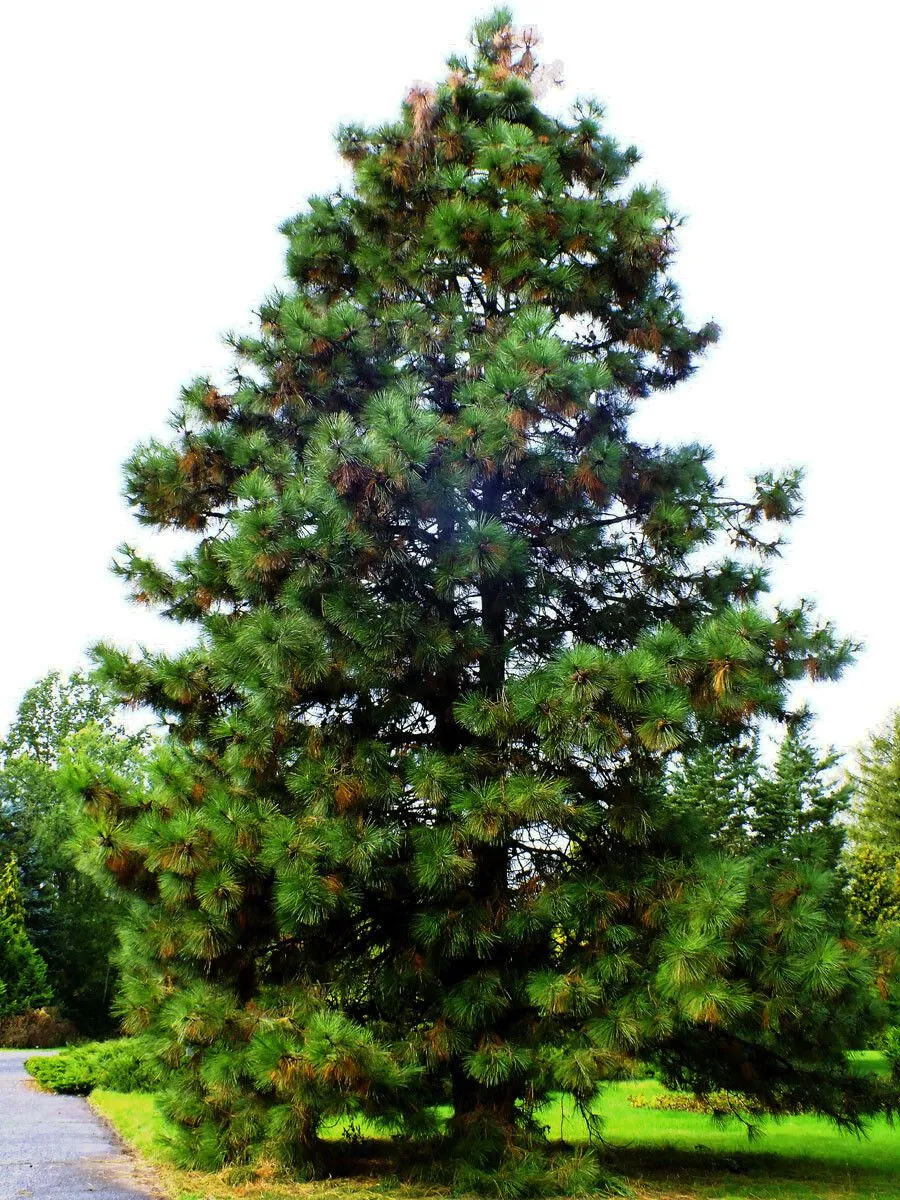
Author: Lindl.
Bibliography: Edwards’s Bot. Reg. 25(Misc.): 62 (1839)
Year: 1839
Status: accepted
Rank: species
Genus: Pinus
Vegetable: False
Observations: Mexico to Honduras
Hartweg’s pine, scientifically known as Pinus hartwegii, is a remarkable species within the Pinaceae family. First documented in 1839 as per Edwards’s Botanical Register, courtesy of the noted botanist Lindley, this species has since captivated botanists and tree enthusiasts alike.
Native to the mountainous regions stretching from Mexico to Honduras, Hartweg’s pine thrives at high altitudes, often gracing the rugged terrains with its majestic presence. The tree is well adapted to the challenging conditions of these high elevations, including steep slopes and volcanic soils, exhibiting resilience and robustness that are characteristic of many members of the genus Pinus.
One of the most distinctive features of Pinus hartwegii is its aesthetic appeal. The tree typically showcases an elegant, pyramidal form during its youth, which gradually transitions into a more open and irregular shape with age. Its dark green needles, which grow in clusters of three to five, contribute to its dense foliage, making it an excellent specimen for study in terms of both appearance and adaptive traits.
The bark of Hartweg’s pine is another interesting characteristic. It starts off smooth and gray on younger trees but develops a thick, scaly texture as the tree matures, turning into a dark, rugged armor that protects the tree from environmental stresses, including wildfires. This transformation not only adds to the tree’s visual interest but also underscores its longevity and hardiness.
In terms of ecological significance, Pinus hartwegii plays a vital role in its native habitat. It provides essential cover and food for a variety of wildlife. The seeds, which are housed in sturdy cones, serve as a food source for birds and small mammals, thus supporting local biodiversity.
Furthermore, the tree has cultural and practical importance in the regions it inhabits. Its wood is utilized in construction and for fuel by local communities, and its presence is often integral to the landscape, contributing to soil stability and watershed health.
Overall, Hartweg’s pine is not just a botanical specimen of interest due to its taxonomic standing within the Pinaceae family, but it also acts as a sentinel of the high-altitude ecosystems of Central America. The tree’s resilience and ecological contributions make it a significant species worthy of admiration and conservation efforts.
Eng: donnell-smith pine, hartweg pine, hartweg’s pine
Spa: ocote, ocote pardo, pino de cumbres, pino de las alturas
Fra: pin de hartweg
En: Hartweg’s pine, Mexican mountain pine, Donnell-Smith pine, Hartweg pine
Ca: Pi de Hartweg
Fr: Pin de Hartweg
Kv: Хартвег пожум
Ru: Сосна Хартвега
Es: Pino negro, Pino de las Alturas, Ocote, Ocote pardo, Pino de cumbres
Taken Mar 12, 2021 by Daniel Bäck (cc-by-sa)
Taken Mar 11, 2017 by Fabien Anthelme (cc-by-sa)
Taken Oct 2, 2022 by Andrzej Konstantynowicz (cc-by-sa)
Taken Mar 11, 2017 by Fabien Anthelme (cc-by-sa)
Taken May 10, 2022 by Andrzej Konstantynowicz (cc-by-sa)
Taken Oct 2, 2022 by Andrzej Konstantynowicz (cc-by-sa)
Taken Oct 2, 2022 by Andrzej Konstantynowicz (cc-by-sa)
Taken May 10, 2022 by Andrzej Konstantynowicz (cc-by-sa)
Taken Mar 12, 2021 by Daniel Bäck (cc-by-sa)
Taken Oct 23, 2018 by Fabien Anthelme (cc-by-sa)
Taken Jul 11, 2020 by Robert Kiefl (cc-by-sa)
Taken Oct 2, 2022 by Andrzej Konstantynowicz (cc-by-sa)
Taken Mar 11, 2017 by Fabien Anthelme (cc-by-sa)
Taken Mar 12, 2021 by Daniel Bäck (cc-by-sa)
© copyright of the Board of Trustees of the Royal Botanic Gardens, Kew.
Growth form>: Single Stem
Growth habit>: Tree
Growth rate>: Rapid
Ph maximum: 6.0
Ph minimum: 4.5
Family: Myrtaceae Author: (F.Muell.) K.D.Hill & L.A.S.Johnson Bibliography: Telopea 6: 402 (1995) Year: 1995 Status:…
Family: Rubiaceae Author: Pierre ex A.Froehner Bibliography: Notizbl. Bot. Gart. Berlin-Dahlem 1: 237 (1897) Year:…
Family: Sapindaceae Author: Koidz. Bibliography: J. Coll. Sci. Imp. Univ. Tokyo 32(1): 38 (1911) Year:…
Family: Asteraceae Author: A.Gray Bibliography: Pacif. Railr. Rep.: 107 (1857) Year: 1857 Status: accepted Rank:…
Family: Fabaceae Author: Medik. Bibliography: Vorles. Churpfälz. Phys.-Ökon. Ges. 2: 398 (1787) Year: 1787 Status:…
Family: Aspleniaceae Author: (Cav.) Alston Bibliography: Bull. Misc. Inform. Kew 1932: 309 (1932) Year: 1932…